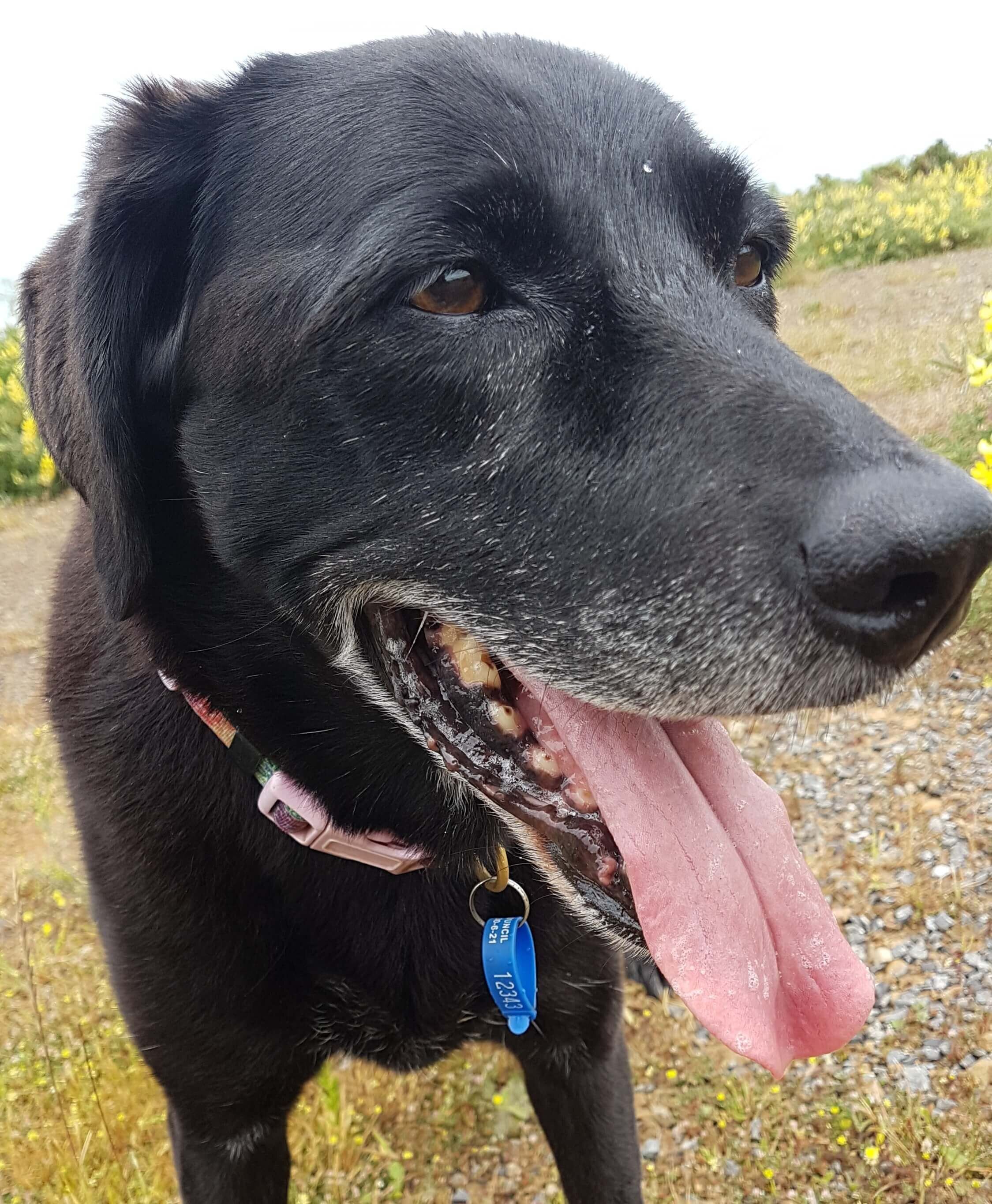The importance of planning your puppy training
When you get a new dog, you must factor in time to train them.
Not training your dog is like driving an expensive & fancy sports car without a license. It just doesn’t make sense.
Most of my clients are busy people with full schedules so the first thing we do when working together is pull out their schedule and see what they’ll need to remove in order to make space for puppy training.
Occasionally there’s a bit of resistance (removing things from your schedule can bring up some big emotions and thoughts) but all of my clients recognize that life will be much easier with a well-behaved dog, so they’re willing to trust the process.
Once we’ve identified some times and days for puppy training, we figure out which behaviour to address first.
Each puppy is unique, but generally, they all need to learn how to:
Be gentle and not bite us
Stay grounded instead of jumping up
Be potty trained
Be comfortable being alone
Respond to commands
However, there will always be one thing that needs to be worked on first.
So, we take that first behaviour
break the training down into tiny steps, and
schedule in time to work on it
Let’s take the ‘watch’ command as an example.
Watch is my favourite command because it’s simple to teach and doesn’t require much from your dog (so they usually learn it quickly) and it’s so powerful because it means you can get your dog’s attention quickly.
This helps to keep them safe and is an easy way of distracting them from something or someone you don’t want them to focus on – like a cat, another dog, or a person.
“Watch” can be taught at meal-times, so it’s easy to get onto the calendar.
If your puppy is getting two or three meals a day, write them on your schedule and plan to use their meals for training (rather than plonking down a bowl of food, leaving them alone, and wasting an amazing training opportunity).
With rewards-based training, you only move to the next step when your dog is successful at the step you’re on. This may take multiple training sessions.
Once you’ve finished all the steps, practice in different places and around distractions.
Break pup’s food into small pieces so they can quickly eat a piece and get straight back to the training.
Step 1
Hold the food up to your eye
When your dog looks up at the food or looks at you directly say “yes” (to mark the behaviour),
Give them the food
Step 2
Hold your empty hand up to your eye
When your dog gives eye contact say “yes”
Give them the food from your pocket
Step 3
Say “watch”
Move your empty hand up to your eye
When your dog looks at you say “yes”
Give them the food
Step 4
Say “watch”
When your dog looks at you say “yes”
Give them the food
By breaking down the training into small steps and getting the training sessions onto your calendar, you’ll avoid overwhelm, and you’ll be able to see the progress you and your puppy are making.
For more puppy raising tactics, save your seat in my free masterclass
“3 Simple Tactics for Raising a Well-Behaved Dog”










